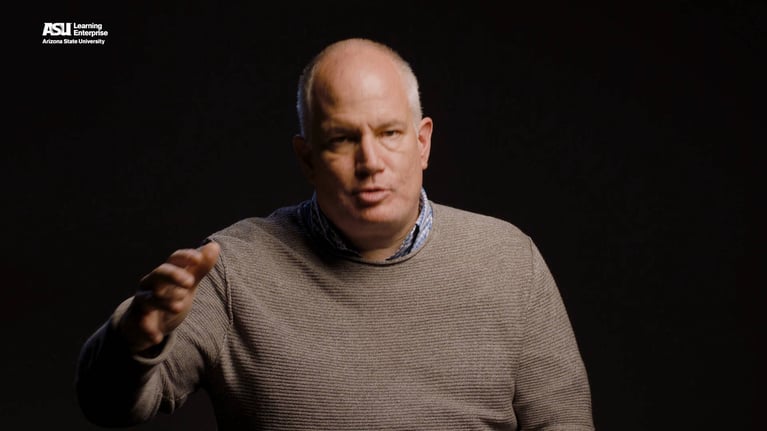Narrative has a profound impact beyond children's stories. The power of storytelling is evident in various fields, from science and sports to politics and history. Stories are ubiquitous, found in literature, film, media, and even science. Narrative transcends cultures and history, uniting people with diverse backgrounds. We are all storytellers, constantly sharing stories in our daily lives. By being aware of narratives around us and using storytelling, we can deepen our understanding of the world and effectively communicate with others.
Stories are everywhere.
Of course you know we find stories in places like literature, film, theatre, comic books, poetry, and podcasts. But stories are in so many places. They’re ubiquitous.
Nearly everywhere you look, you’ll find stories.
In the news media. Video games. In religion and advertising. In psychology and economics. In politics and history. History even has the word “story” embedded in it.
You’ll find stories in sports. If you’ve ever watched the Olympics or other major sporting events like the Super Bowl or the World Cup, you’ve heard many stories. Prior to the event itself, the coverage will feature stories about the athletes and teams. Stories about the adversity they’ve faced and overcome, the challenges they’ve faced on the way to this big moment. By the time the event actually starts, you will be primed with stories that will give the competition a sense of drama it may not have otherwise.
You’ll also find stories in science. That may sound strange, but science is not simply a pile of brute facts like the atomic weight of Barium. Whenever a scientist describes a process—like the formation of planets or stars, the interaction of chemicals, or the evolution of a species—they are telling a story.
Theorist Roland Barthes captures the ubiquity of story in a powerful passage: “The narratives of the world are numberless. Narrative is first and foremost a prodigious variety of genres, themselves distributed amongst different substances—as though any material were fit to receive man’s stories. Able to be carried by articulated language, spoken or written, fixed or moving images, gestures….Moreover, under this almost infinite diversity of forms, narrative is present in every age, in every place, in every society; it begins with the very history of mankind…All classes, all human groups, have their narratives, enjoyment of which is very often shared by men with different, even opposing, cultural backgrounds. Caring nothing for the division between good and bad literature, narrative is international, transhistorical, transcultural; it is simply there, like life itself.”
It’s a remarkable quote. Narrative is “transhistorical.” It has existed throughout all of human history. It’s “transcultural.” It exists in every culture.
Who are the storytellers? Well, of course there are people like novelists, playwrights, screenwriters, and journalists. But everyone is a storyteller. Your friends, your neighbors, your family. What are some of the stories you remember from your childhood?
And you’re a storyteller.
You may not be a novelist or a screenwriter, but you are still a storyteller. In your daily life, you’re constantly telling stories. When someone asks you, “How was your day?” if you don’t just say, “fine,” you’ll probably tell some kind of story. It may not be terribly exciting—you may not have led a revolution against an oppressive galactic regime or solved a murder mystery. But you will tell a story.


